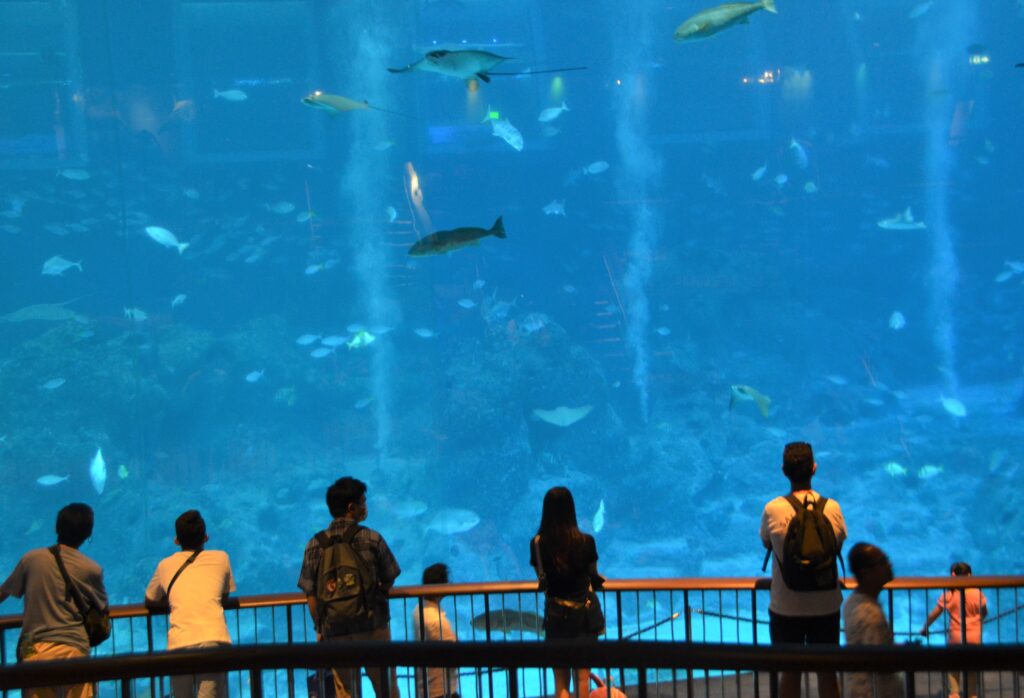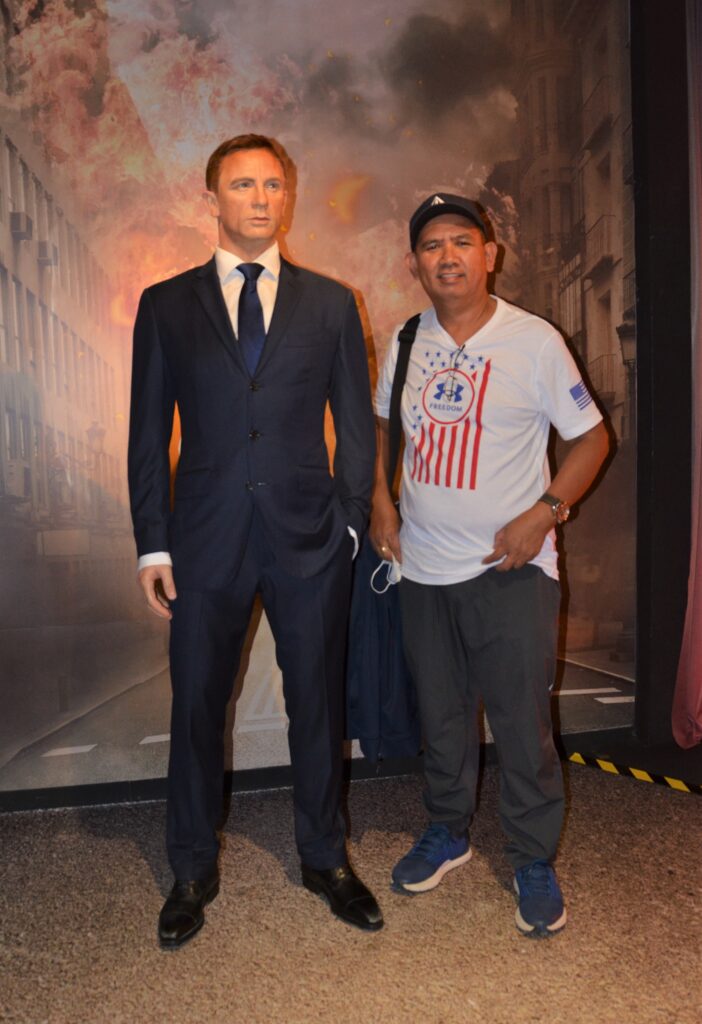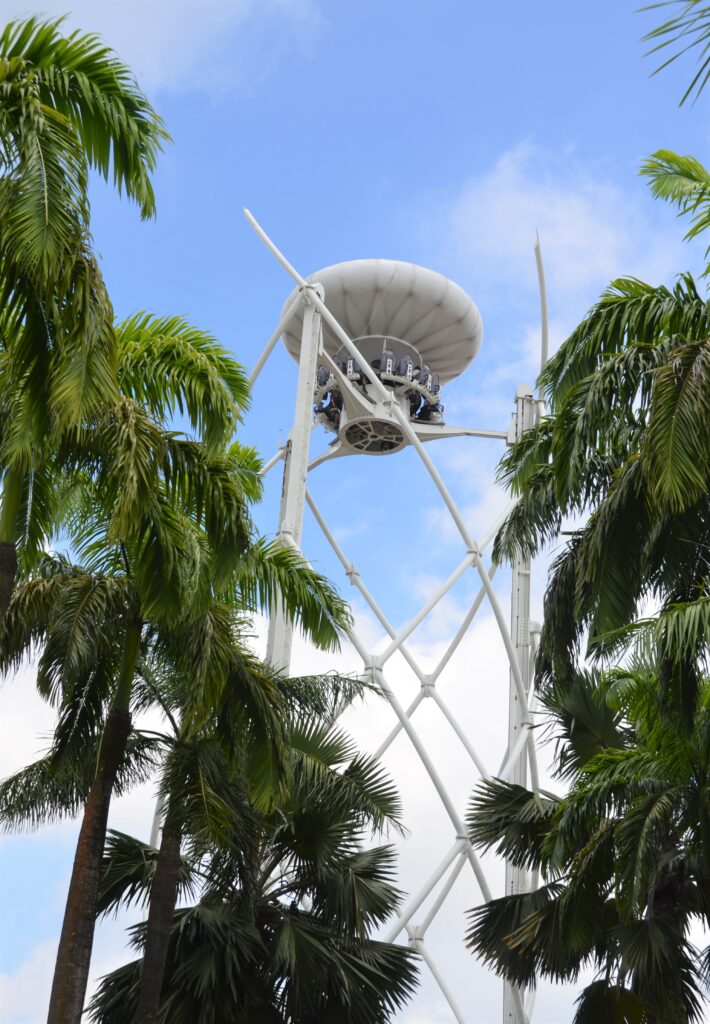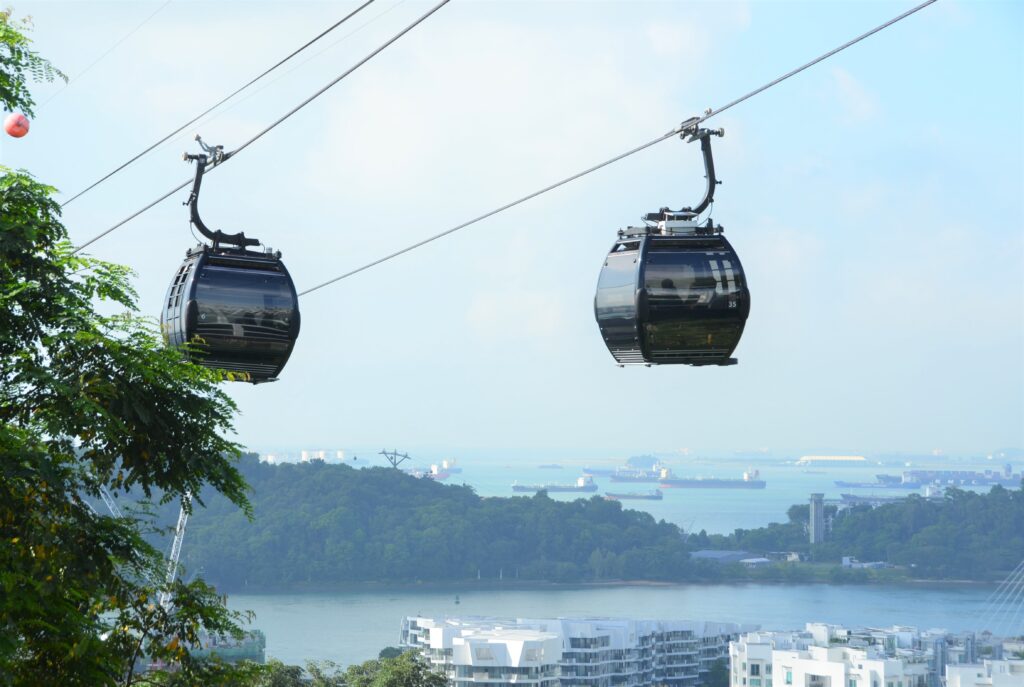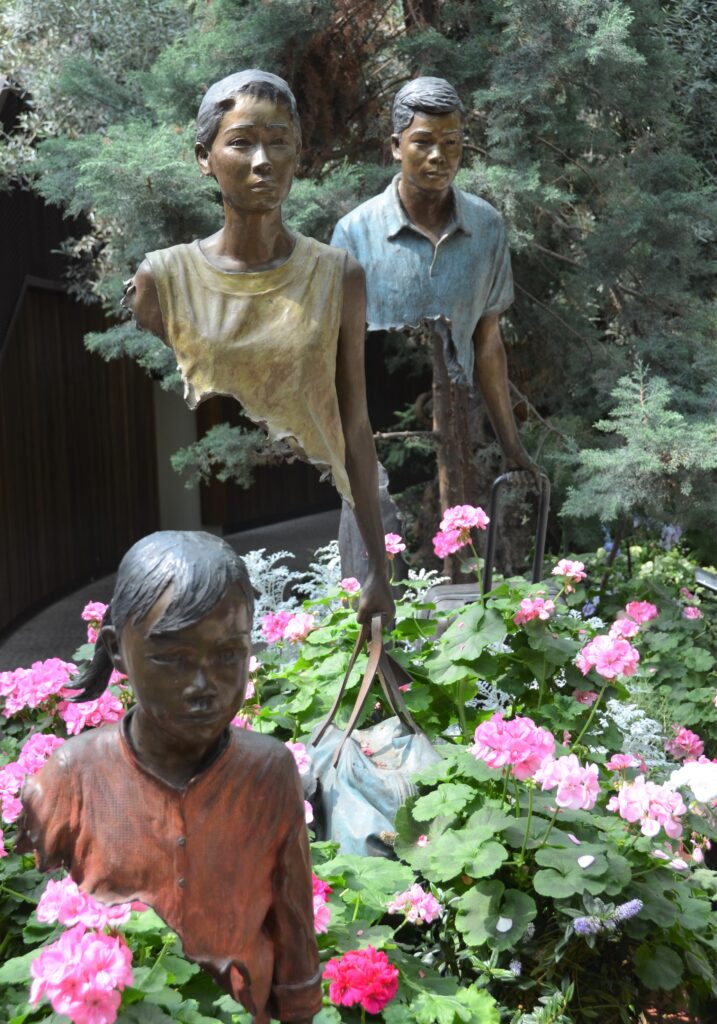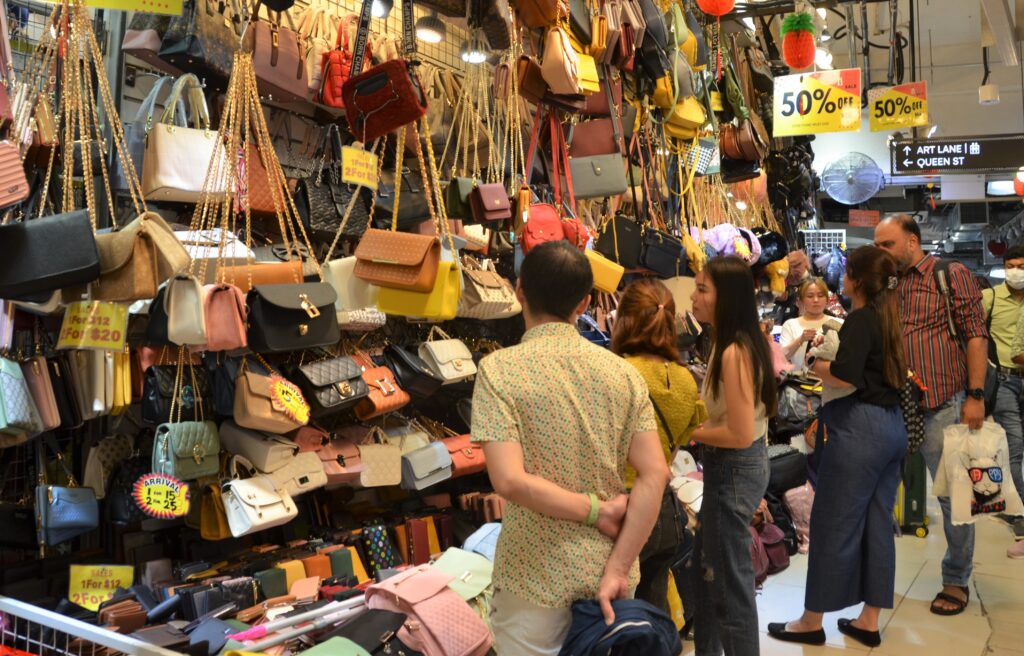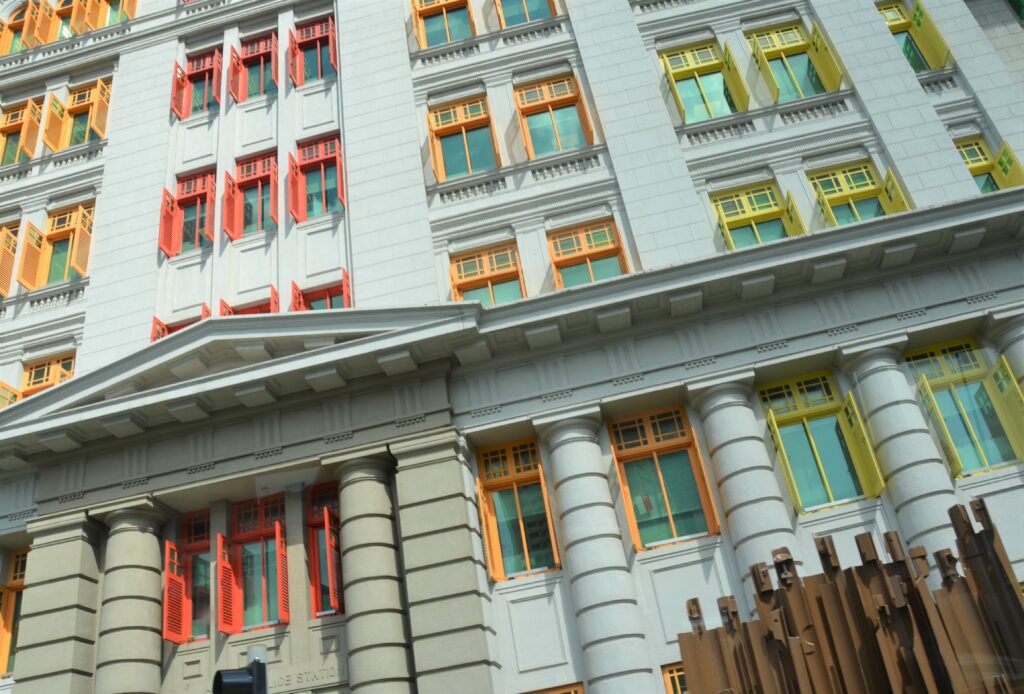Text and Photos by Henrylito D. Tacio
In 2019, I was one of the winners of the Bright Leaf Agriculture Journalism Awards. Aside from the cash prize and trophy, the winners were also entitled to a trip somewhere in Asia. We were supposed to have the trip the following year, but since the pandemic was still raging on, it was postponed.
But late last year, I was informed that the trip will finally be pushed through. I was even more ecstatic when I was told that the trip would be in Singapore, perhaps the most industrialized country in Southeast Asia. It would be my trip to Singapore, although I had been to its famed Changi Airport several times for a stopover – on my way to Durban, South Africa, and Bali, Indonesia.
We stayed at the Orchard Rendezvous Hotel by Far East Hospitality, which is about a 22-minute drive from the airport. The Orchard MRT Station is just seven minutes away by walking. What’s even more interesting is that shopping centers abound: Orchard Central, ION Orchard, Orchard Gateway, Ngee Ann City, Mandarin Gallery, Paragon Shopping Centre, Plaza Singapura, and The Centerpoint.
For those who have never been to Singapore yet, here are the places we have visited during our brief sojourn there:
Merlion Park: The country’s iconic symbol is located at One Fullerton near the Central Business District. The statue is part-lion and part fish; the head represents the city’s original name Singapura (lion city in Sanskrit), while the bottom part symbolizes the city’s origin as a fishing village, known as Temasek (same root as the word tasek, which means lake in Malay).
The statue, with sprouting water from its mouth, stands at 8.6 meters and weighs 70 tons. It was built by local craftsman Lim Nang Seng from the design by Kwan Sai Kheong. It was unveiled on September 15, 1972, by then-Prime Minister Lee Kuan Yew.
Esplanade Park: One of the city’s oldest heritage parks as it was built in 1943. In 1991, it was revamped to augment the civic district’s identity. Today, the 2.4-hectare park showcases many of Singapore’s historical landmarks.
Among those you can get a glimpse of are the Lim Bon Seng Memorial and the Cenotaph, and Tan Kim Seng Fountain. The latter was built in 1882 yet to commemorate the contributions of the famous Chinese philanthropist. Not far from this park are the War Memorial Park and Youth Olympic Park.
Old Hill Street Police Station: This historic colorful building was the former police station of the Singapore Police Force. It is also known as Balai Polis Hill Street Lama. The building has a total of 927 windows and is painted in colors of rainbow: red, orange, yellow, green, brown, indigo and violet.
Chinatown: A subzone and ethnic enclave located within the Outram district, Niu che shui – as it is known – features distinctly Chinese cultural elements. In the past, it has had a historically concentrated ethnic Chinese population. But today, it has considerably less Chinese population. But still, it retains its significant historical and cultural significance. In fact, the Urban Redevelopment Authority has declared large sections of it as national heritage sites.
Kampong Glam: One of Singapore’s oldest urban quarters, it is a neighborhood where age-old traditions and trendy lifestyle come together. Kampong means “compound” while glam refers to the long-leaved paperbark tree, used to be common in the area and used for boat-making, medicine, and even as a seasoning for food.
One of its attractions is the golden dome of the majestic Sultan Mosque. Built by Sultan Hussein Shah in 1842, it is a magnificent place of worship. Don’t forget to pay a visit, too, to the Malay Heritage Centre.
Little India: This is one of Singapore’s most vivacious districts. Here, you get a glimpse of an assortment of Hindu and Chinese temples, mosques, and churches. If Indian food is your thing, this is the best place to be. The Mustafa Centre is open all day round.
Gardens by the Bay: You have never been to Singapore if you have not visited this place. You get a close encounter with over 1.5 million plants from around the world in its iconic cooled conservatories. Discover and learn about these astonishing megastructures which are breathtaking architectural and engineering feats in their own right.
Singapore Cable Car: This is a gondola lift providing an aerial link from Mount Faber on the main island to the resort island of Sentosa across the Keppel Harbor. While “flying,” take in the view of Resorts World Sentosa’s Adventure Cove, Sentosa’s opulent jungle foliage and surrounding coastline.
SkyHelix Sentosa: If you have a problem with heights, don’t try this. Here, you sit in an open-air gondola that gently rotates as it soars to a height of 79 meters above sea level. You can hang your feet in the air and enjoy (or be terrified) the uplifting experience with a cool drink in hand. Once you are at the peak, you get the awesome 360° views stretching from Sentosa to the Keppel Bay area and the Southern Islands.
Madame Tussauds Singapore: Officially opened in 2014, it is the seventh Asian branch of the Madame Tussauds chain of wax attractions around the world. It features some of the famous world leaders (Mao Zedong, Mahatma Gandhi, Queen Elizabeth II, Barack Obama, and Joko Widodo), sports personalities (Cristiano Ronaldo, David Beckham, Muhammad Ali, and Tiger Woods), actors (Daniel Craig, Tom Cruise, Bruce Lee, Jackie Chan, Leonardo DiCaprio, and Johnny Depp), and singers (Elvis Presley, Michael Jackson, Beyonce, Madonna, Lady Gaga and Taylor Swift).
S.E.A. Aquarium: Currently the largest aquarium in the world, it is home to more than 100,000 marine animals representing 1,000 species across more than 40 diverse habitats. All these live in 45 million liters of water. The vast array of aquatic life is complemented by interactive programs, up-close animal encounters, and immersive learning journeys.
